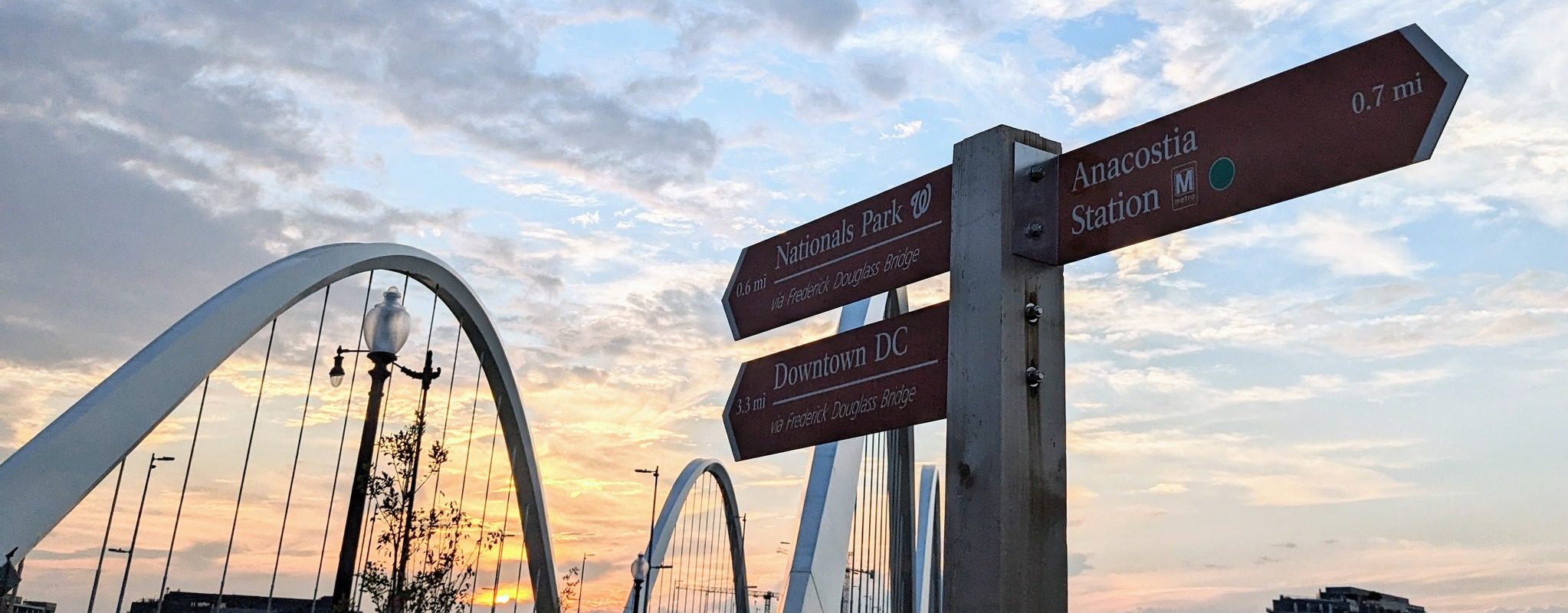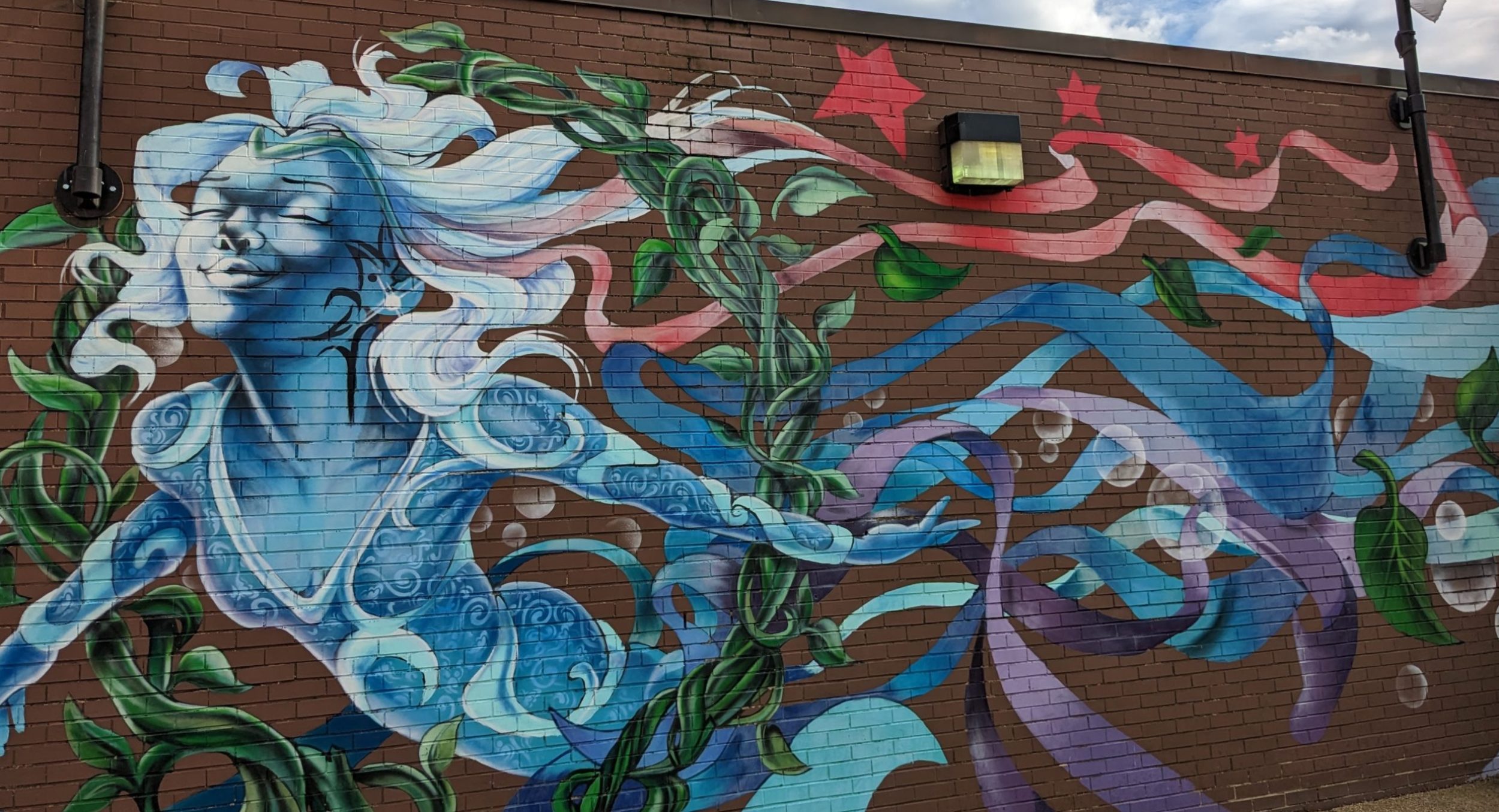Our bikes set off a bell as we entered the CarinaE winery, which was the second of the two we’d would visit on a Sunday ride in Argentina’s Mendoza region. The winery’s owners, Brigitte and Philippe Subra, were new to this business, and so had one of the few places open to the public that day.

It’s a bad thing for Mendoza’s tourism that most wineries were closed on Sundays, said the woman who rented us the bikes a few hours earlier. A white cat with black and orange spots sat under the table, a gray kitten on one side of her and an orange one on the other side. When my husband and I arrived at her house, she’d been shooting a garden hose so a handsome German shepherd could jump and bite the water. You know you’re going to have a pleasant business transaction when you find the proprietress playing with her dog.
She sat David and me down at her patio table and marked a map for us to show which few wineries were open on Sunday. A booking mix-up had kept us in downtown Mendoza much of the previous day, moving from one hotel to another. So we missed the busier day for visiting the local wineries.
Like An Adventure
I’d read that morning in the local paper, Los Andes, about how the Mendoza vineyards were attracting investment. The paper had a page devoted to the wine industry. One article titled “Boom Bodeguero” said a hectare with very good vines could go for “u$s 3o.ooo” and even as much as “u$s 60.000.” Even with recent increases of as much as doubling prices, the vineyards in Mendoza still are much cheaper than California or Europe, t he article said.
he article said.
On a paid tour of the small operation at CarinaE, Philippe Subra said he and his wife bought the vineyard in 2003. “We began like an adventure,” he told us.
Subra had lived in Argentina in the 1990s. He’d worked for Électricité de France during a craze for privatization of Latin American utilities. He and his wife decided to leave Toulouse to pursue the dream of running a vineyard in Argentina.
“There is a dynamic for the wine in Argentina at this time,” he said.
The CarinaE wines were not at all like that. Instead, they were rich and mellow.
Italian Influences
We ordered two of the ham sandwiches sold at CarinaE after our tasting. Philippe looked stricken when he saw the picnic table near the vineyard was full of dishes from the last guests. We said we didn’t mind eating in the kitchen, which had a window looking out on the same view. A slightly chubby black Labrador, named Toulouse, lay near our table, deep asleep.
The husband of the woman who rented us the bikes stopped by as we finished our tasting. He checked to make sure everything was okay with our cycles, while catching up with Subra.
We told him that our $5-a-day rental bikes were fine. I asked him about the Mendoza seal, which featured two hands holding a cap on a stick. He said that was a symbol for the French, who had settled in the region. Mendoza had also drawn many Italian immigrants, including his ancestors.
I joked with him that it was easy to see the Italian influence in Mendoza. The food is so good and the people drive so fast and wildly. He laughed.
Philippe then came in and apologized as he told us we’d have to finish up our sandwiches. His next tour group was ready. I’d been savoring the prosciutto-like ham, good bread and olive oil, but I made quick work of what remained.
The CarinaE bell rang again as we were getting on our bikes.


